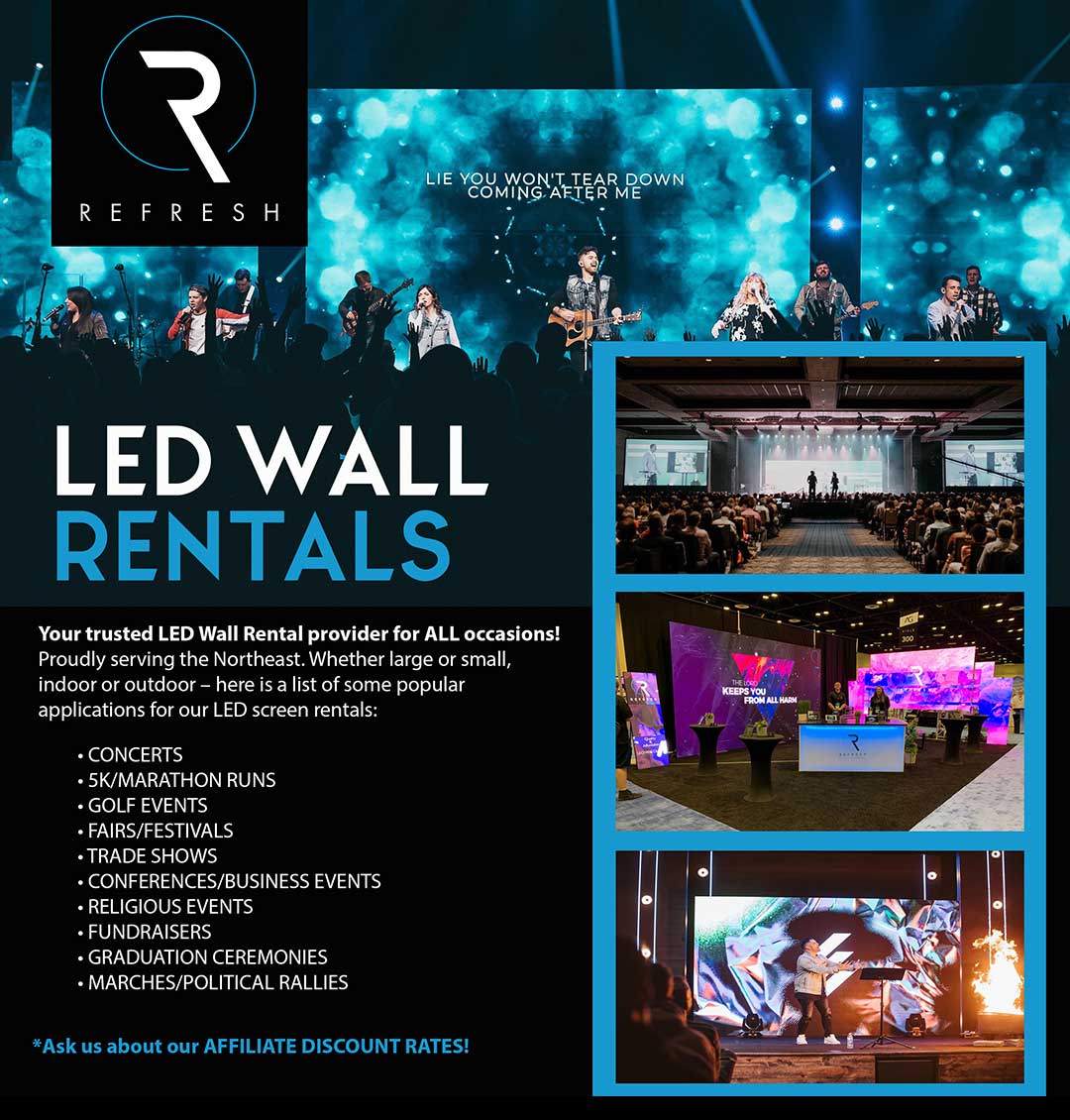Investigating The Way Resolution Affects the Functionality and Visual Caliber of LED Walls in Contemporary Display Techniques
Investigating The Way Resolution Affects the Functionality and Visual Caliber of LED Walls in Contemporary Display Techniques
Blog Article
LED walls are becoming more and more common in different environments, including concerts and sports events to business displays and creative exhibits. One of the key crucial factors that influence the performance and visual clarity of these displays is resolution. Image resolution denotes the quantity of picture elements that make up the image on the display. Increased image clarity means more pixels, which can lead to clearer and crisper visuals. Understanding how image clarity affects LED screens can assist users make informed decisions about their display requirements.
When talking about resolution, it is essential to consider pixel pitch, which is the distance between the midpoint of one picture element to the midpoint of the next pixel. A reduced pixel pitch results in a greater image clarity, enabling more clarity in the visuals displayed. For example, an LED screen with a picture spacing of 1.5mm will provide a sharper image than one with a picture spacing of 3mm. This is particularly important in environments where viewers are near to the screen, such as in a compact venue or a trade event booth. In these situations, a higher resolution can significantly improve the viewing experience.
Another factor of resolution is its effect on hue precision and brightness. LED screens with greater resolutions often have better color rendering, meaning that the colors shown are more vibrant and realistic. This is essential for applications like advertising, where the objective is to capture attention and convey a concept effectively. Additionally, greater image clarity screens can maintain luminosity levels even when seen from different angles. This is crucial in big locations where viewers may be seated at various ranges and positions from the screen.
The performance of LED screens is also affected by resolution in terms of refresh rates and response times. A higher image clarity display can handle quicker update rates, which is essential for dynamic content such as videos and animations. This means that the images on the screen will appear smoother and more seamless, improving the total observing quality. In comparison, reduced image clarity screens may have difficulty with dynamic content, leading to blurriness or lag. Therefore, for occasions that depend on dynamic images, selecting a screen with a suitable resolution is vital.
In conclusion, resolution plays a vital role in determining the performance and visual quality of LED walls. Factors such as pixel pitch, color accuracy, luminosity, refresh frequencies, and reaction times all contribute to how effectively a display can useful content convey information and engage audiences. As advancements continues to progress, grasping these factors will assist users select the right LED wall for their specific needs, guaranteeing that they obtain the optimal possible results in their presentations and events.